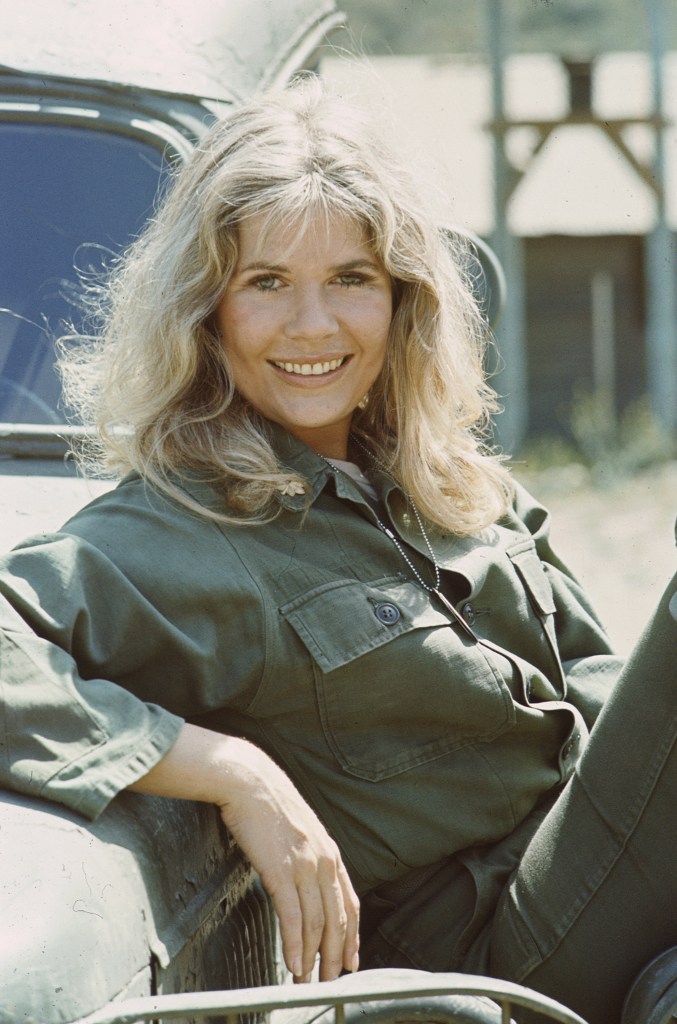July 2, 1955
The
long-running musical-variety program The Lawrence Welk Show debuts on
ABC.
Welk, a bandleader from North
Dakota known for light dance music, had launched his own show in 1951 on KTLA in Los Angeles. The show
remained a network hit for some 16 years, then became a syndicated series. Welk
retired in 1982 and died in 1992.July 3, 1950
TV game show Pantomime Quiz Show debuts as a
network series on CBS. The program, a
variation of charades, ran for 13 years, although it changed networks several
times.
The show began as a local program in Los Angeles in 1947. In 1949, the
show was one of TV's first programs to win an Emmy, first awarded by the
National Academy of Television Arts and Sciences that year.July 5, 1970
PBS began airing
concerts by the Boston Pops Orchestra.
Evening at
Pops is an American concert television
series produced by WGBH-TV. It is one of the longest-running programs on PBS, airing from 1970 to
2005.[1] The
program was a public television version of a variety
show, featuring performances by the Boston Pops Orchestra. It was taped at Symphony Hall in Boston, Massachusetts.
Most shows featured a guest star, usually a well known singer or musician,
most commonly within popular music or sometimes rock, folk, jazz or other
musical genres. After one or two opening numbers by the Pops, the guest would
be brought onstage. Usually the guest would sing several their own hits or
songs associated with them, with accompaniment by the Pops. After concluding
their set, the guest artist would leave the stage, and the Pops would play one
or two closing numbers. The three men who served as Boston Pops Conductor
during the show's run – Arthur
Fiedler (1970-79), John
Williams (1979-95) and Keith
Lockhart (1996-2005) – appeared. Gene
Galusha provided narration and announced most of the pieces played.
Evening at Symphony, a companion series produced by WGBH and
featuring performances of the Boston Symphony Orchestra conducted
by Seiji
Ozawa, aired on PBS from 1974 to 1979.
July 6, 1925
Mervyn "Merv" Edward Griffin, Jr. the American television
host and media mogul is born.
He began his career as a
radio and big band singer who went on to appear in movies and on Broadway. During the 1960s, Griffin hosted
his own talk show, The Merv
Griffin Show, and created the game shows Jeopardy! and Wheel
of Fortune. A billionaire at his death, he is considered an entertainment
business magnate.

July 2, 1955
The long-running musical-variety program The Lawrence Welk Show debuts on ABC.
Welk, a bandleader from North Dakota known for light dance music, had launched his own show in 1951 on KTLA in Los Angeles. The show remained a network hit for some 16 years, then became a syndicated series. Welk retired in 1982 and died in 1992.July 3, 1950
TV game show Pantomime Quiz Show debuts as a network series on CBS. The program, a variation of charades, ran for 13 years, although it changed networks several times.
The show began as a local program in Los Angeles in 1947. In 1949, the show was one of TV's first programs to win an Emmy, first awarded by the National Academy of Television Arts and Sciences that year.July 5, 1970
PBS began airing
concerts by the Boston Pops Orchestra.
Evening at
Pops is an American concert television
series produced by WGBH-TV. It is one of the longest-running programs on PBS, airing from 1970 to
2005.[1] The
program was a public television version of a variety
show, featuring performances by the Boston Pops Orchestra. It was taped at Symphony Hall in Boston, Massachusetts.
Most shows featured a guest star, usually a well known singer or musician,
most commonly within popular music or sometimes rock, folk, jazz or other
musical genres. After one or two opening numbers by the Pops, the guest would
be brought onstage. Usually the guest would sing several their own hits or
songs associated with them, with accompaniment by the Pops. After concluding
their set, the guest artist would leave the stage, and the Pops would play one
or two closing numbers. The three men who served as Boston Pops Conductor
during the show's run – Arthur
Fiedler (1970-79), John
Williams (1979-95) and Keith
Lockhart (1996-2005) – appeared. Gene
Galusha provided narration and announced most of the pieces played.
July 6, 1925
Mervyn "Merv" Edward Griffin, Jr. the American television host and media mogul is born.
He began his career as a radio and big band singer who went on to appear in movies and on Broadway. During the 1960s, Griffin hosted his own talk show, The Merv Griffin Show, and created the game shows Jeopardy! and Wheel of Fortune. A billionaire at his death, he is considered an entertainment business magnate.
Tony Figueroa





